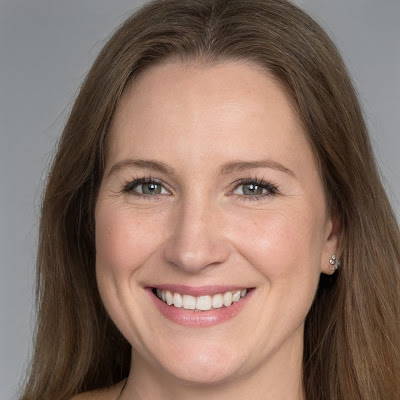Hypertext Markup Language, or HTML as it is commonly known, is used by web developers to design websites and their content. To this end, they use tags to determine the structure and content. Simply speaking, these tags define the order and style in which browsers display your website material. Therefore, coding in HTML is a basic, foundational skill every web developer must have.
HTML developers can expect to earn around $70,000 a year, which is not too bad, providing that it is not the most complex and sophisticated type of coding. If you plan to become one, below is a list of things you should know before you make a start.
1. Elements
Understanding the purpose of elements and the way in which they help structure website content is your first essential step. They use tags as primary tools to do that. Each tag starts and ends with open and closed angle brackets. You must close every tag if you don’t want to mess up your instruction.
2. HTML attributes
HTML attributes include additional information. Essentially, this is a select group of words web developers use to include in the opening tag. Attributes help them control the behavior of an element. Thus, attributes serve as modifiers of elements.
3. HTML Editors
HTML editors are used to create HTML codes. They are like text editors that let you enter text. If you have ever written academic papers, you should know how important it is to use good text editors. Multiple custom essay writing service reviews point to the importance of choosing the right ones to complete high-quality papers.
All web developers use HTML editors to develop websites and their content. They help convert text into actual HTML codes. They also assist web developers in cataloging all tags in menus. Like text editors, HTML editors are used to identify and correct syntax errors.
4. HTML structure
Every HTML element includes an opening tag, a closing tag, and content. The opening tag includes the name of an element. It is encircled in brackets with the paragraph tag. The closing tag has a forward slash, which precedes the name of the element. If you don’t place a closing tag, you can mess up your entire content.
5. Content
Content covers all elements, including texts, codes, tables, and other pieces of data and information that appear on a webpage. Content might also include empty elements, such as image elements that are used to direct you to the location of the image.
Writing quality content is as important in coding as it is in any type of academic writing. That’s why web developers work hard to improve both their coding and writing skills. Greater writing proficiency supports their web development efforts too.
6. HTML lists
HTML lists are used to sort content by adding numbered or bulleted lists. This is a practical way of making your website content briefer and clearer. The <ul> tag helps create an unordered list while the <ol> tag is used to have an order one. The same method applies when creating bulleted and numbered lists. In addition, HTML color codes are used to pick the colors of texts.
7. HTML forms
HTML forms instruct web browsers to use specific types of information from users. They also determine the way in which that information is processed. HTML forms are enclosed within <form> tags. HTML forms are indispensable for receiving data from visitors or processing payment information. They also let users log in to activate their accounts.
Recap
Learning HTML is about building your foundational skills in coding. It is about creating a solid structure for your website content. Make sure you lay that foundation rigorously to enjoy the smooth functioning of your ultimate website.









